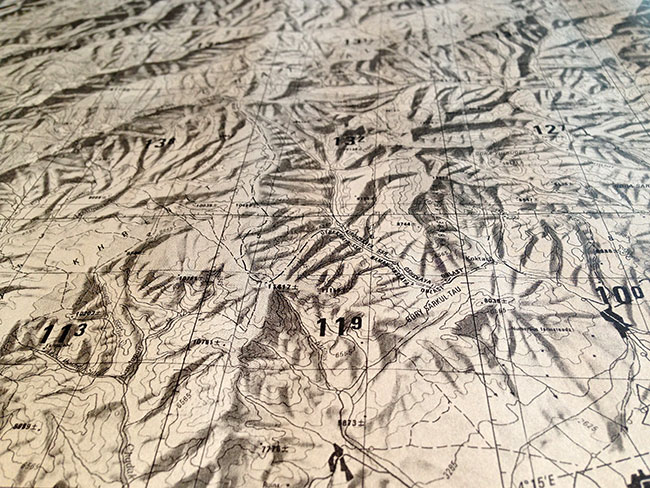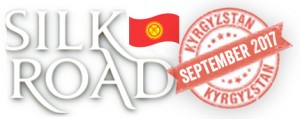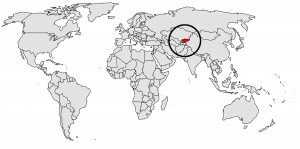

NEW YORK, USA– Today I leave for Kyrgyzstan in Central Asia, an important crossroads of the ancient Silk Road caravan routes. It is going to take me a few days just to get to the starting point in Bishkek from New York. I have two very long flights and an 8+ hour layover to endure (hoping I can get some sleep on the flights!). Still, excited to be starting a new journey to an unfamiliar region, with new challenges and opportunities to explore. And at the same time, looking at the connections between this area and my more familiar environments, and the connection remains the nomadic experience — both ancient and modern.
Old caravan routes have become something of a thing for me. I am not sure if it is the history or the mystery or the remote and awe-inspiring landscapes, but something about these places draws me in. My familiarity with the North African trans-Saharan routes and their history gives me some points of comparison, but the Central Asian Silk Road routes have a unique cultural and historical context. I’m hoping to immerse myself in that a little bit while I explore the terrain and get to know something about modern Kyrgyzstan itself.
One of the most intriguing aspects of this trip will be the exposure to a very different terrain and environment from the deserts I have grown comfortable with. Kyrgyzstan is a nation of high mountains. In fact 90% of the country is mountainous with an average elevation of around 9,000 feet. The initial idea for this trip was to drive the “Parmir Highway” which is the second highest road in the world. That drive will take more time than I have available now, and I also wanted to be sure that I can handle the altitude before committing to a long solo journey across it — so the current trip is something of a “test-drive” at elevation for me. I have no experience in very high mountains at all, and imagine that this terrain may present some new challenges.
I am a bit concerned about the weather so late in September and have packed a whole range of clothing and jackets and hats to cover everything from hot desert-like climate to cold weather winter conditions (luckily Turkish Airlines gives me the right to two pieces of checked luggage). It is like I am outfitting myself for a journey into the “unknown” where anything can happen and my only real “expectation” is to be surprised. It is a very good feeling to have at the start of trip, and the anticipation is helping balance the dreaded lost days spent in-flight and in airports.
I’ve gone over my checklists, have all my documents in order and stepping out the door full of hope as I look forward to learning new skills and discovering a whole other kind of space…
ABOUT THE EXPEDITION

JoMarie Fecci sets off for a solo scouting mission into a new region of exploration for USnomads — the famed Silk Road across Central Asia. This initial recce in Kyrgyzstan will lay the groundwork for a longer and more ambitious journey tentatively scheduled for the summer of 2018. Using this first trip in the region to get an introduction to some different nomadic cultures and to adventurous terrain that will pose new challenges, she will travel south from Bishkek to an ancient caravanserai at Tash Rabat near the border with China before looping back along the shores of lake Issy Kul…
WHERE WE ARE

The Kyrgyz Republic is a landlocked country in Central Asia, bordered by Kazakhstan to the north, Uzbekistan to the west and southwest, Tajikistan to the southwest and China to the east. Its capital and largest city is Bishkek. Characterized by mountainous terrain, Kyrgyzstan has been at the crossroads of several great civilizations, most notably as part of the Silk Road caravan routes. Though long inhabited by a succession of independent tribes and clans, Kyrgyzstan has periodically fallen under foreign domination and attained sovereignty as a nation-state only after the breakup of the Soviet Union in 1991. Ethnic Kyrgyz make up the majority of the country’s 5.7 million people, followed by significant minorities of Uzbeks and Russians. Kyrgyz is closely related to other Turkic languages, although Russian remains widely spoken and is an official language, a legacy of a century of Russification. The majority of the population are non-denominational Muslims. In addition to its Turkic origins, Kyrgyz culture bears elements of Persian, Mongolian and Russian influence. However, many aspects of ancient Kyrgyz culture have been preserved due in part to the geographical isolation provided by its high mountain terrain.